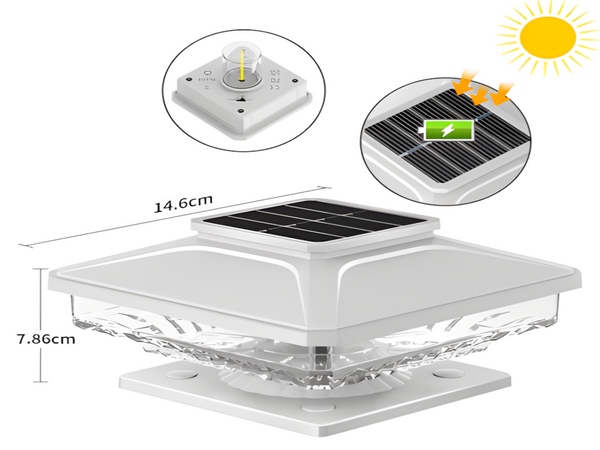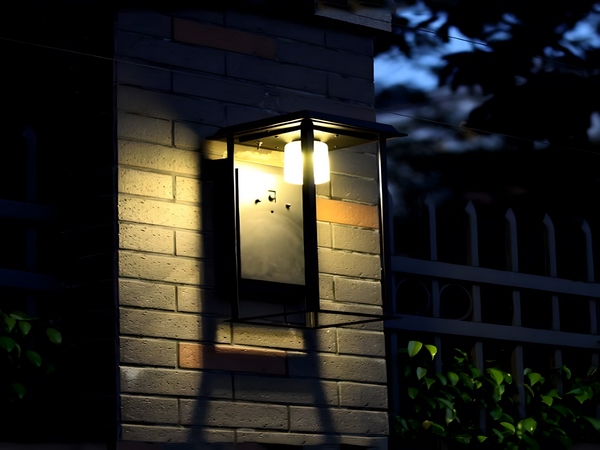
As fossil energy prices continue to rise and the call for green and environmentally friendly solutions grows louder, outdoor lighting is also seeking sustainable and green alternatives. Solar-powered streetlights, which utilize solar energy, are clearly an economical, energy-saving, and environmentally friendly solution. However, there is a significant price disparity in solar streetlights available on the market, leaving many consumers confused about how to choose the right one. So, what factors influence the price of solar streetlights? Let’s explore this together.
Factors affecting the price of solar streetlights:

1. Cost of solar panels
Among the components of solar streetlights, the cost of solar panels is undoubtedly the largest portion. The price of solar panels is mainly influenced by their materials, which commonly include amorphous silicon, polycrystalline silicon, and monocrystalline silicon.
Among these, monocrystalline silicon offers higher photovoltaic conversion efficiency but also comes at a higher price.
For the same material, the area of the solar panel also significantly affects the price. It is important to pay careful attention to these two aspects when purchasing and assess whether the price is reasonable.
2. Cost of light sources
The light source of solar streetlights is a standard configuration, not considered very high in the overall cost of solar streetlights but is relatively expensive compared to some regular light sources. Of course, its higher price is justified.
It offers excellent dimming capabilities, good lighting effects, and comfort for the eyes, while being energy-saving and environmentally friendly. Unlike high-pressure sodium lamps, it does not release carbon dioxide during operation, making it very eco-friendly. Additionally, its lifespan is longer than that of many other light sources, which implies less frequent replacements and thus lowers overall costs.
3. Cost of batteries
Although the cost of batteries does not match that of solar panels, it is still significant in the overall price of solar streetlights. The quality of batteries directly influences the duration and brightness of the lighting.
Currently, lithium batteries are used in streetlights. Compared to traditional lead-acid batteries, lithium batteries have significant advantages in terms of discharge depth, charging time, and adaptability to different environments, which also contributes to their higher price.
4. Cost of lamp poles

The price of lamp poles is another important factor in determining the overall cost of solar streetlights. Variations in materials, manufacturing processes, and heights greatly affect the price of the poles. For instance, aluminum poles tend to be more expensive than steel ones. Within steel poles, those treated with hot-dip galvanization are generally pricier than those treated with cold galvanization, making it essential to pay attention when purchasing.
5. Brand influence
Typically, brands carry a reputation for quality. Larger brands have more financial and technical resources to invest in research and development for solar streetlights, and the equipment involved tends to be more reliable. This ultimately leads to quality variations, which in turn affects pricing. Therefore, it is also crucial to consider the brand of the solar streetlight when making a purchase.
In summary, the factors influencing the price of solar streetlights have been discussed. Nowadays, many solar streetlights incorporate intelligent designs, allowing for adjustments in brightness, color, and other features based on specific lighting needs. For example, the lighting requirements of solar streetlights differ significantly between the early and later parts of the night. Intelligent designs enhance their adaptability to the environment and maximize energy utilization.



